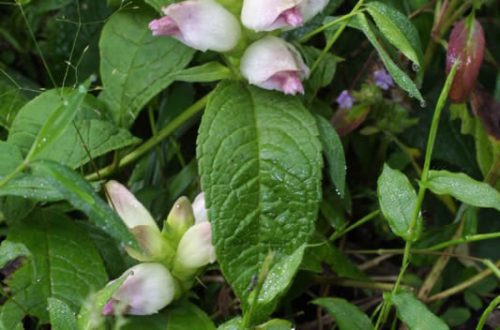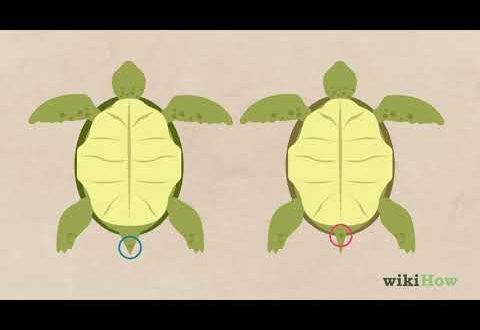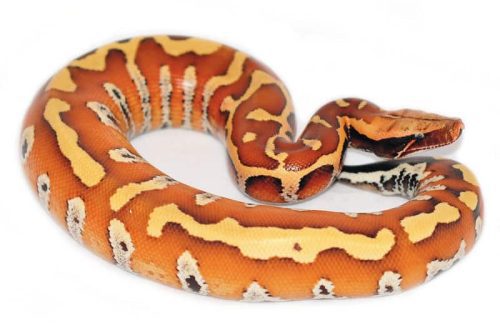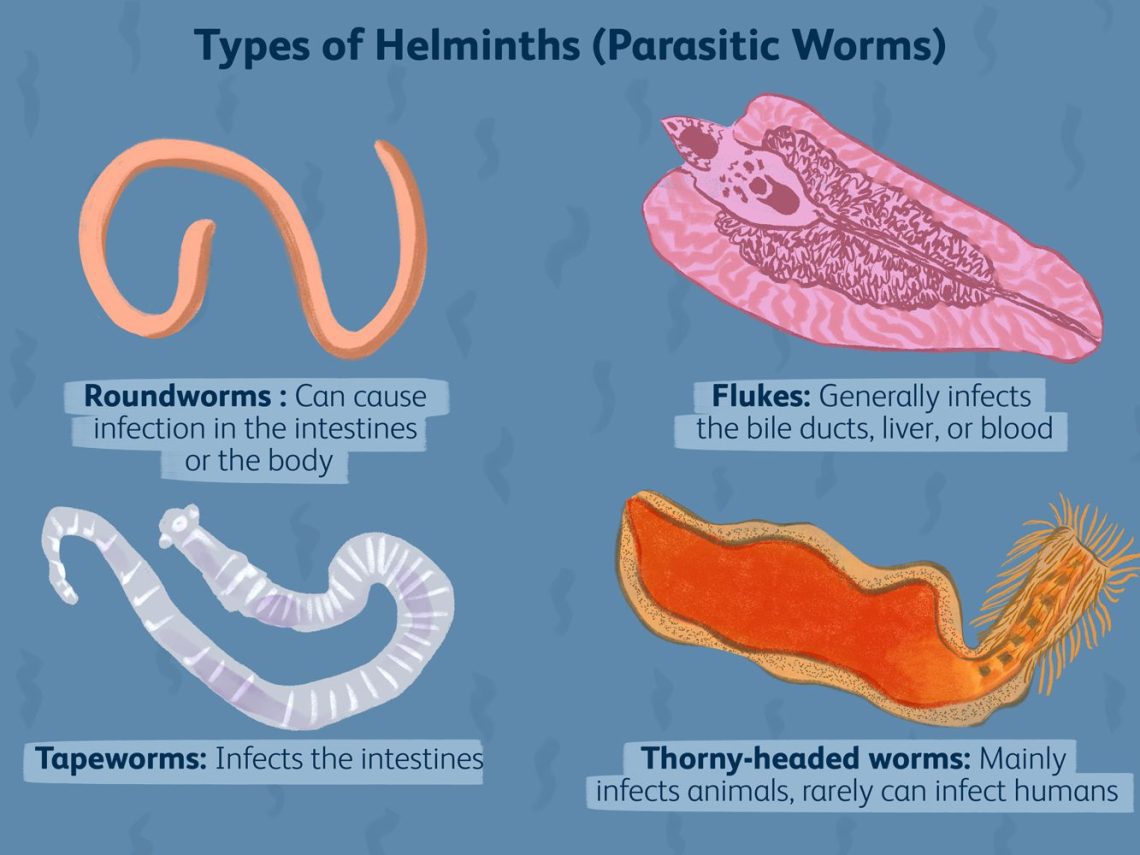
Helminthiases: roundworms, oxyurides and other worms
Symptoms: diarrhea, constipation, helminths in feces or in tests Turtles: water and land Treatment: veterinary examination required
A warm bath stimulates peristalsis, usually the turtle defecates and the excrement can be checked for the presence of worms. If there are worms, it is better to contact a veterinarian, since treatment with drugs is not always safe for the animal. It is especially important to find out what kind of worms your pet has before starting treatment, so that you can prescribe the appropriate drug in the required dosage. Some types of worms can be fought with carrots, which should be given for several days. Carrots are crushed on a grater and given to the turtle without any additives. During the five-day course of treatment, no other food is given, and every day the excrement is checked for the presence of worms. If this treatment does not help, you will still have to contact a specialist. Almost all turtles love carrots. If they still refuse it, you have to give them two or three fasting days, after which the animals start eating.
Ascaris and oxyurid should be singled out as the most common parasites of the gastrointestinal tract in turtles. There are other groups of intestinal and extraintestinal helminths, but with a quick consultation, it is still worth highlighting just the two mentioned. Adult roundworms irritate the intestines and damage its walls, thereby causing an inflammatory reaction. Oxyurates, of course, are not so “terrible and insidious”, especially in Central Asian turtles, however, with a large number of them, in theory, they can cause obstruction (blockage, in other words) of the intestine, exactly the same as roundworms.
Infectiousness for humans: If we are talking about roundworms and oxyurids, then most likely not. Of course, subject to two main and interconnected things within the framework of the maintenance of turtles: personal hygiene and the absence of anthropomorphism in relation to reptiles.
Helminthosis: Ascariasis The reasons: Almost all turtles that came from the wild are infected with helminths. However, the complex of parasites that each species of turtle “brings” with it will depend on the ecological conditions in nature (range, population density, food chains, etc.).
Symptoms: Ascaris, predominantly belonging to two genera, Sulcascaris and Angusticaecum, are large, reddish, up to 10 mm long. They parasitize in the stomach and small intestine. Eggs have a structure typical of all roundworms. With ascariasis, a symptom of regurgitation of food may be noted. The effect of ascaris on the body usually increases after stress, exhaustion and wintering. Since these parasites have a direct cycle of development, disinvasion of the terrarium is necessary (change of soil and treatment by conventional means: hot solutions of bleach, chlorophos, alkalis, etc.). Nonspecific signs – lack of appetite, lethargy; and those are not an indicator of the presence of helminthic invasion. Everything falls into place when a turtle comes out with helminths along with feces, or in general helminths come out instead of feces (it is not uncommon for Central Asian turtles after wintering, for example). If there are no worms in the feces, then if helminths are suspected, it is better to take the turtle’s feces for parasitological examination. Coproovoscopy is a routine method for examining feces for worm eggs. It is fast enough and the result is not long in coming. The only recommendation: the feces must be fresh (the sooner it is delivered for research, the better). However, it must be understood that the absence of helminths in the study means their absence in the delivered sample, but does not exclude 100% the absence of them in the turtle. Although, as a rule, if there are worms in the intestines, they can easily be detected during the study.
This is necessary for all newly arrived animals and animals suspected of being infested with helminths. It can also be recommended to do this on a regular basis in the off-season (after the summer season, for example, during which the turtle was kept/walked outside).
ATTENTION: The treatment regimens on the site can be obsolete! A turtle can have several diseases at once, and many diseases are difficult to diagnose without tests and examination by a veterinarian, therefore, before starting self-treatment, contact a veterinary clinic with a trusted herpetologist veterinarian, or our veterinary consultant on the forum.
Treatment: First you need to understand what kind of helminth is specifically in front of you. If it is an ascaris, then the turtle must be dewormed with appropriate drugs. In this particular case, plants should not be used, since roundworms can bring significant harm and they must be disposed of for sure, immediately, at once.
Appointed angelmintik. Often used: Volbazen (= Albendazole) – glitogonka for mammals, but works great on turtles, Reptilife Suspension (AVZ) (but only turtles, with lizards there were lethal cases). The dosage is indicated on the package, but approximately 40 mg / kg of active ingredient per 1 kg of turtle is recommended. Repeat after 2 weeks. You can also use Nemozol (2 ml / kg and repeat after 2 weeks), Praziquantel (often in combination with Albendazole), Alben-S (canine drug), Profender, and preparations containing ilbemycin oxime are also suitable. Praziquantel preparations are also suitable, for example, Milbemax for kittens (for severe invasion 10 mg / kg, 3 times treatment 1p / 10 days).
Any angelmintik is given to the turtle through a probe once or twice with an interval of 2 weeks. More detailed instructions are written on the packaging of the drug. Be sure to consult your reptile veterinarian before use. During treatment, you should keep the reptile on paper or napkins, bathe more often and give grated carrots. The soil in the terrarium must be completely replaced.
Dosage: “Alben-S” (dog drug) through a probe, preferably no more than 2 times a year. Turtles for the duration of treatment should be separated from others. Suspension Reptilife is administered to reptiles inside individually twice with an interval of 14 days at the rate of 1 ml of suspension per 1 kg of animal weight with food or injected directly onto the root of the tongue using a dispenser. Shake the suspension vial before use.
Turtles are not anthelmintic prophylactically, but only according to indications.
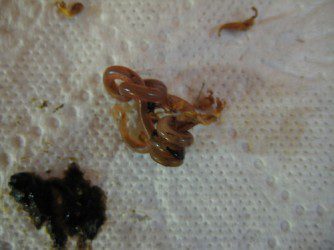
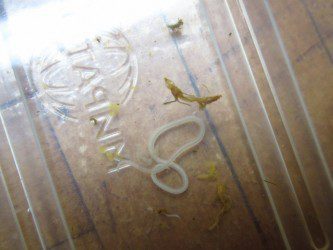
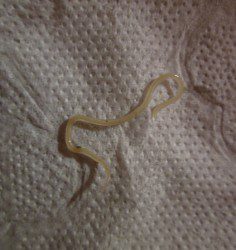
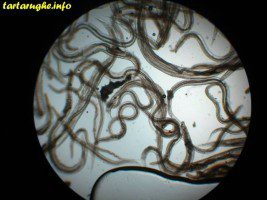 Helminthosis: Oxyurid
Helminthosis: Oxyurid
The reasons: Almost all turtles that came from the wild are infected with helminths. However, the complex of parasites that each species of turtle “brings” with it will depend on the ecological conditions in nature (range, population density, food chains, etc.).
Symptoms: Land tortoises in the vast majority of cases are the hosts of two orders of nematodes – oxyurid and roundworm. Oxyurids are the most common parasites of “domestic” turtles. Since their dimensions usually do not exceed 5 mm, Turtle owners rarely pay attention to them. The influence of parasites on the body is small, but after wintering or a long illness, their number in the large intestine can increase many times over. At the same time, turtles can refuse to eat and show anxiety – their activity increases sharply.
Treatment: In the case of oxyurates, the situation is somewhat simpler – a 4-5-day fast is often used, followed by feeding with carrots. There are also options with plantain and other plants. If there are a lot of helminths, it is preferable to use anthelmintics. Before taking any, it is best to consult a physician who specializes in reptile medicine.
Appointed angelmintik. It is almost never possible to achieve the complete absence of oxyurid eggs in the analyzes. This is probably not necessary. It is enough to reduce the number of nematodes to a certain average level. Disinfestation of the terrarium is necessary (change of soil and treatment by conventional means: hot solutions of bleach, chlorophos, alkalis, etc.). Turtles for the duration of treatment should be separated from others.
The presence of oxyuride in turtle analyzes is not the norm. If only simply because the turtle does not need them: it lives perfectly without them – they cannot live without it. This is not some kind of organ, they do not carry any special benefit for the turtle itself, and with a high population they can do harm – therefore, the presence of worms in the intestines is NOT the norm, after all. These are not symbionts, they are parasites or freeloaders and there is nothing for them to do there, strictly speaking about the normality of their presence in the body. The only question is that in an insignificant amount, in which they are often found in turtles, they do not make any difference and their pathogenicity generally hangs in front of a question mark. However, it is worth noting that we do not always anthelmintic oxyurate-positive animals: if there are several of these unfortunate eggs lying around in the sample, then the owner simply receives a recommendation to monitor the condition of his turtle, since, under favorable circumstances for the worms, they can cause problems .
Helminthiases: Other parasites
Symptoms: Diagnosis of helminthiases by clinical signs is not always possible. Most often in severe forms anorexia, diarrhea or, conversely, constipation are noted. Occasionally, vomiting, accumulation of small amounts of clear mucus in the oral cavity, and shortness of breath are noted. After warm baths in the water, adult helminths are more easily detected (in blurry feces).
Treatment: Diagnosis and treatment, depending on the type of helminth, are carried out by a veterinarian. The main diagnostic method is a laboratory study of feces for eggs and helminth larvae.
Nematodes These parasites are not uncommon in leopard tortoises. Treating parasites can be a difficult process, due to the turtle’s strong jaws that interfere with drug administration. However, you can use drugs that are applied to food, it is safer and more effective.



